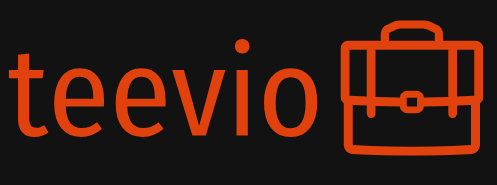Understanding Your Audience: The Foundation of Conversion
Before you even think about writing a single word, you need to understand your target audience inside and out. Who are they? What are their pain points? What are their aspirations? What language do they use? Knowing your audience allows you to tailor your content to resonate with their specific needs and desires, making them more likely to convert. Think about their demographics, psychographics, and online behavior. Use tools like Google Analytics to understand your existing audience and conduct market research to identify new potential customers. The more you understand them, the better you can craft messaging that speaks directly to them.
Defining Your Goals: What Do You Want Your Content to Achieve?
What is the ultimate goal of your content? Are you aiming to increase sales, generate leads, drive traffic to your website, or boost brand awareness? Having a clear objective will guide your content creation process and help you measure your success. Setting specific, measurable, achievable, relevant, and time-bound (SMART) goals is crucial. For example, instead of aiming for “more leads,” aim for “generating 50 qualified leads within the next month.” This clarity helps you focus your efforts and track your progress effectively.
Keyword Research: Uncovering What Your Audience Is Searching For
Keyword research is the backbone of effective content marketing. It involves identifying the terms and phrases your target audience uses when searching for information online. Tools like Google Keyword Planner, Ahrefs, and SEMrush can help you discover relevant keywords with high search volume and low competition. Focus on long-tail keywords (more specific, longer phrases) as they often target a more engaged and qualified audience. Remember to incorporate these keywords naturally throughout your content; avoid keyword stuffing, which can harm your search engine rankings.
Crafting Compelling Headlines: The First Impression That Matters
Your headline is the first, and often only, chance you have to grab your audience’s attention. A compelling headline needs to be clear, concise, and benefit-driven. It should accurately reflect the content of your piece while promising value to the reader. Consider using numbers, power words (e.g., “ultimate,” “secret,” “proven”), and questions to create intrigue and curiosity. A/B test different headlines to see which performs best with your audience.
Creating High-Quality, Engaging Content: Substance Over Style
Once you have a solid foundation, it’s time to create the actual content. Focus on providing valuable, informative, and engaging content that addresses your audience’s needs and answers their questions. Use a clear and concise writing style, break up your text with headings, subheadings, bullet points, and images to improve readability. Ensure your content is well-researched, accurate, and up-to-date. Consider incorporating different content formats, such as videos, infographics, and podcasts, to cater to diverse learning styles and preferences.
Optimizing for Search Engines (SEO): Making Your Content Discoverable
Even the best content won’t convert if nobody can find it. Optimizing your content for search engines (SEO) involves making it easily discoverable through search results. This involves incorporating relevant keywords naturally throughout your content, optimizing your images with alt text, building high-quality backlinks from other websites, and ensuring your website is technically sound. Regularly monitor your website’s SEO performance and make adjustments as needed.
Call to Action (CTA): Guiding Your Audience Towards Conversion
A clear and compelling call to action (CTA) is essential for guiding your audience towards the desired outcome. Your CTA should be strategically placed throughout your content and clearly communicate what you want your audience to do next (e.g., “Sign up for our newsletter,” “Download our free ebook,” “Shop now”). Use strong action verbs and create a sense of urgency to encourage immediate action. Experiment with different CTAs to see which resonates best with your audience.
Analyzing and Refining: Continuous Improvement Through Data
Content marketing is an iterative process. Once your content is published, you need to analyze its performance to identify what’s working and what’s not. Use analytics tools to track key metrics, such as website traffic, engagement, and conversion rates. Use this data to refine your content strategy and improve your future efforts. Continuously test and experiment to optimize your content for maximum impact. Click here about content production strategy


